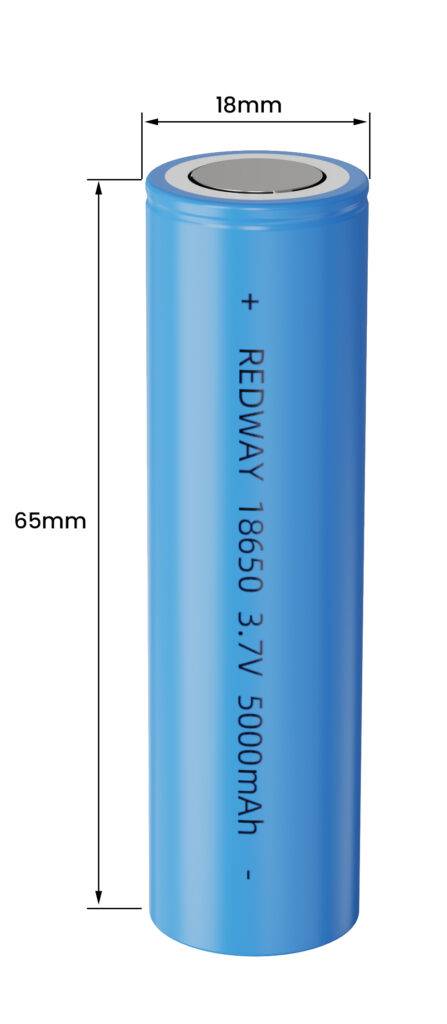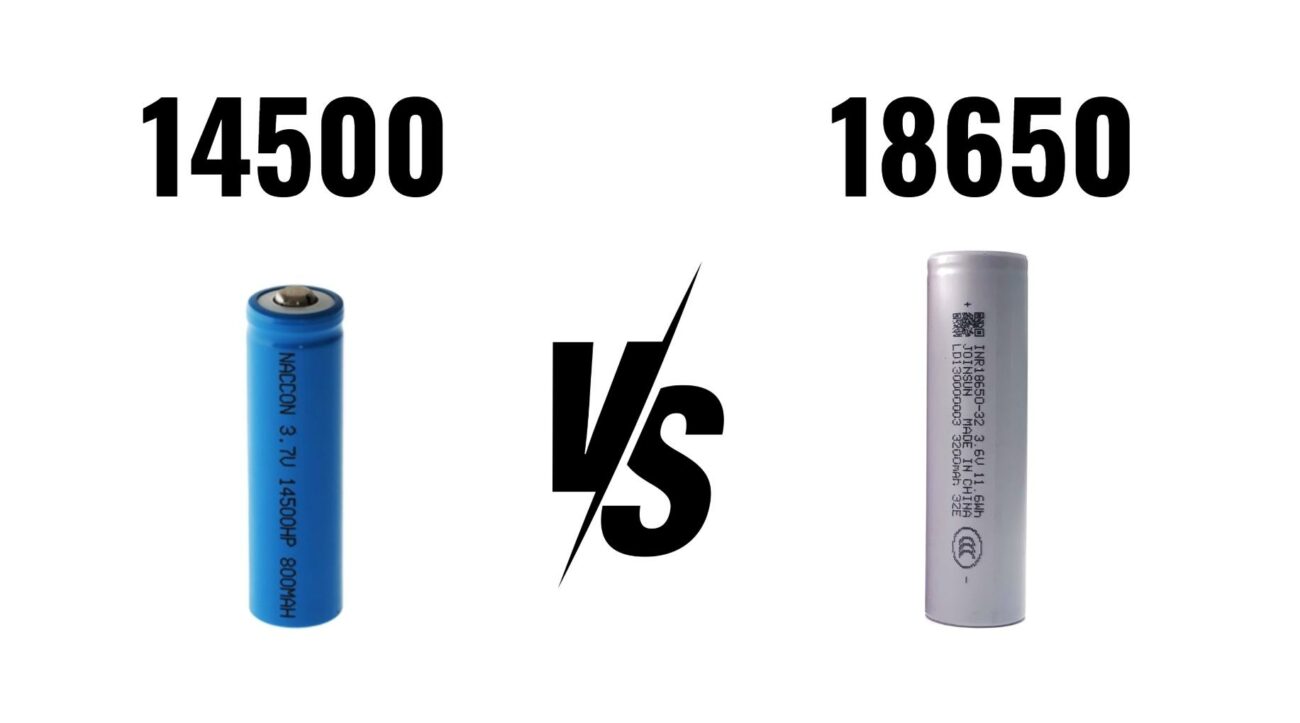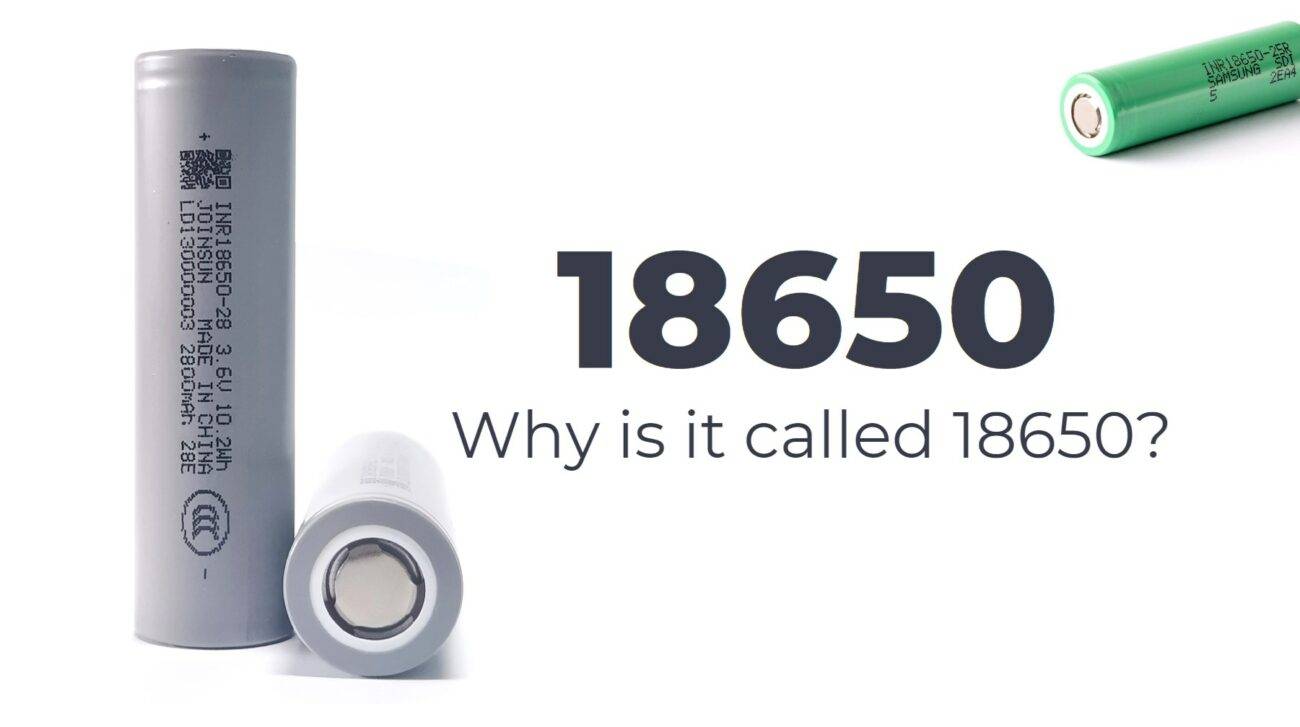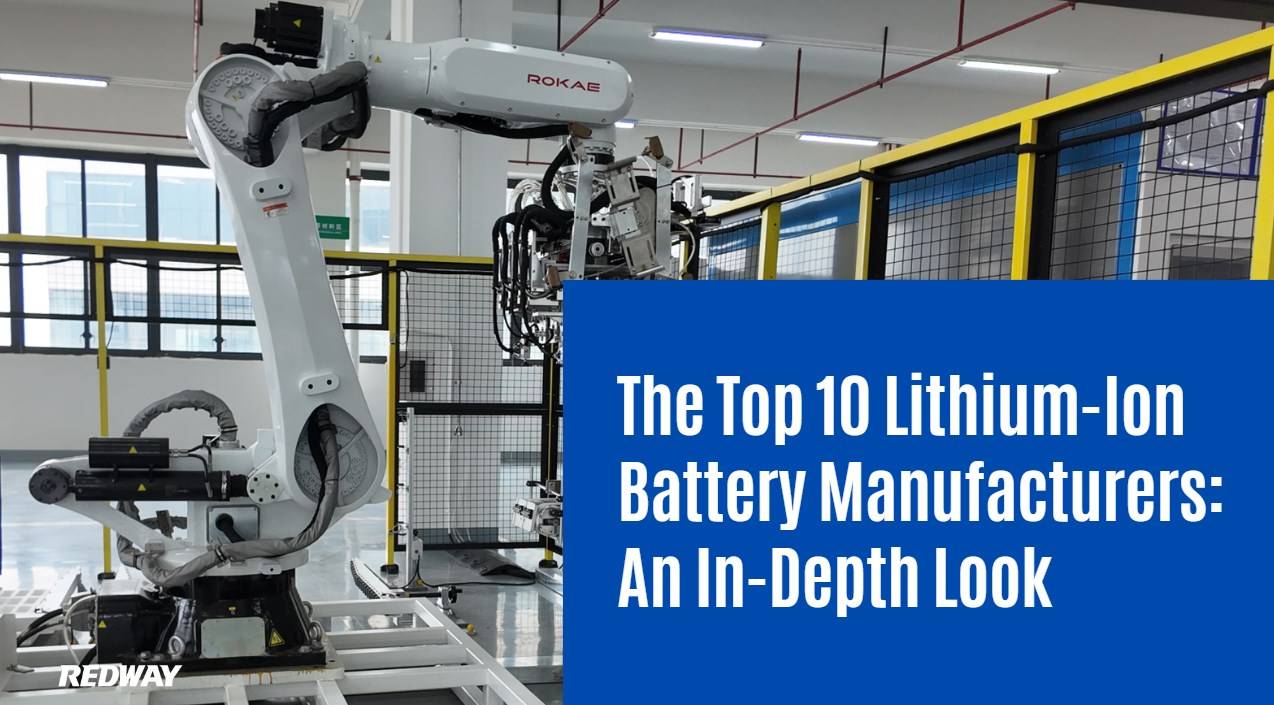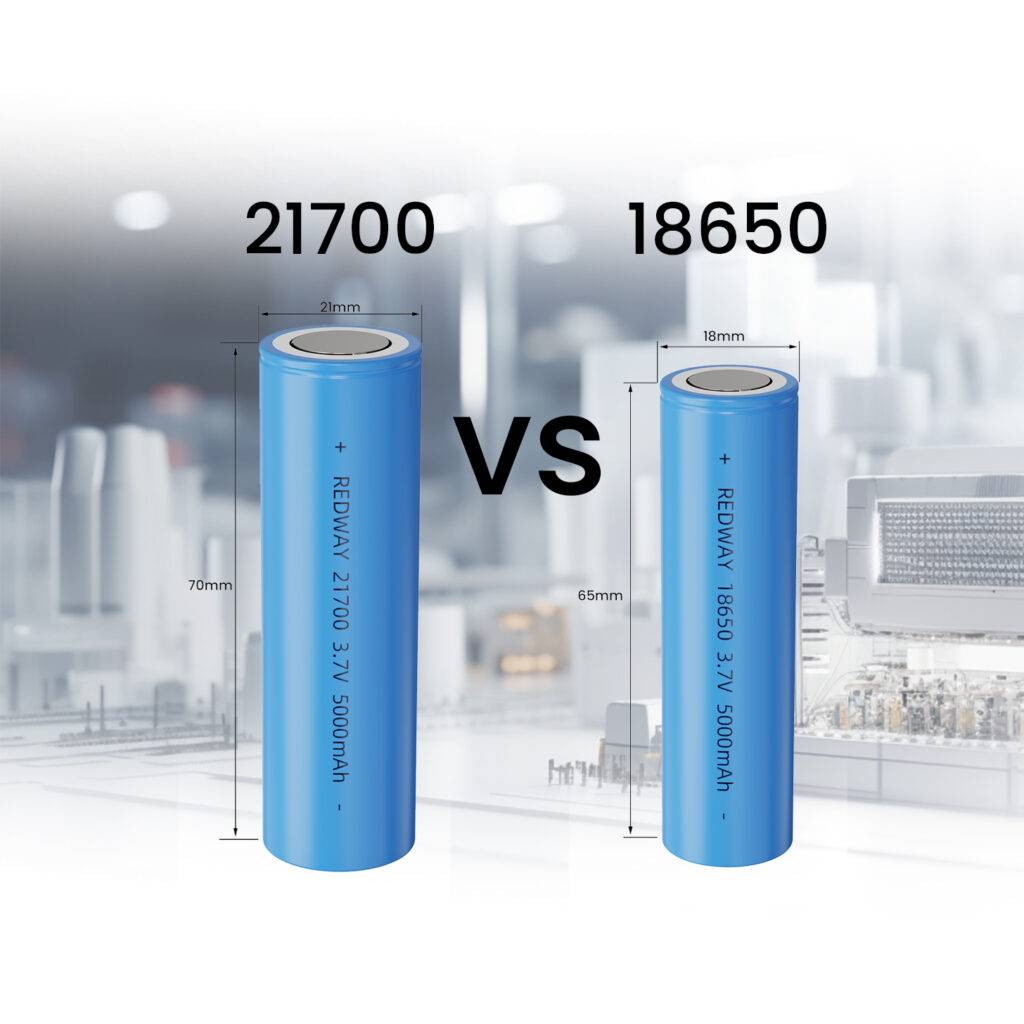18650 rechargeable batteries are cylindrical lithium-ion cells widely used in various applications, from electric vehicles to portable electronics. Their popularity stems from their high energy density, longevity, and versatility, making them a staple in modern energy storage solutions.
What Are 18650 Rechargeable Batteries and How Do They Function?
The 18650 battery is a cylindrical lithium-ion rechargeable cell measuring 18 mm in diameter and 65 mm in length. It operates on the principle of electrochemical reactions, where lithium ions move between the anode and cathode during charging and discharging, providing electrical energy.
Chart: Structure of a Typical 18650 Battery
| Component | Function |
|---|---|
| Anode | Stores lithium ions during charging |
| Cathode | Releases lithium ions during discharge |
| Electrolyte | Facilitates ion movement between anode and cathode |
How Do 18650 Batteries Operate?
18650 batteries function through the movement of lithium ions between the anode (typically made of graphite) and the cathode (often composed of lithium metal oxide). When charging, lithium ions move from the cathode to the anode; during discharge, they flow back to the cathode, generating electric current.
Chart: Charging vs. Discharging Process
| Process | Description |
|---|---|
| Charging | Lithium ions move to the anode |
| Discharging | Lithium ions move back to the cathode |
What Key Features Make 18650 Batteries Popular?
The key features that contribute to the popularity of 18650 batteries include:
- High Energy Density: They can store a significant amount of energy relative to their size.
- Long Cycle Life: Many models can endure hundreds of charge-discharge cycles without significant degradation.
- Versatility: They are used in various devices, from laptops to electric vehicles.
What Applications Rely on 18650 Rechargeable Batteries?
18650 batteries are utilized in numerous applications, including:
- Electric Vehicles: Used in battery packs for electric cars.
- Consumer Electronics: Commonly found in laptops, flashlights, and power banks.
- Power Tools: Provide reliable power for cordless tools.
- E-Bikes: Serve as a primary energy source for electric bicycles.
Chart: Common Applications of 18650 Batteries
| Application | Description |
|---|---|
| Electric Vehicles | Power source for EV battery packs |
| Laptops | Used in rechargeable laptop batteries |
| Flashlights | Provide bright light with long run times |
| Power Tools | Supply energy for cordless power tools |
What Advantages and Disadvantages Do 18650 Batteries Have?
Advantages:
- Rechargeability: Can be charged multiple times, reducing waste.
- Cost-Effectiveness: Generally affordable compared to other battery types.
- Availability: Widely available due to high production rates.
Disadvantages:
- Safety Risks: Can be prone to overheating or venting if damaged or improperly handled.
- Limited Capacity: While they have high energy density, other newer technologies may surpass them.
Chart: Pros and Cons of 18650 Batteries
| Advantages | Disadvantages |
|---|---|
| Rechargeable | Safety risks |
| Cost-effective | Limited capacity |
| Widely available | Potential for degradation over time |
How Can You Maintain and Store 18650 Batteries Properly?
Proper maintenance and storage of 18650 batteries are crucial for ensuring safety and longevity:
- Storage Conditions: Keep batteries in a cool, dry place away from direct sunlight.
- Charge Levels: Store at around 40% charge for optimal longevity.
- Avoid Overcharging: Use a compatible charger with built-in protections against overcharging.
Chart: Best Practices for Battery Maintenance
| Practice | Recommendation |
|---|---|
| Storage Temperature | Cool and dry environment |
| Charge Level | Store at approximately 40% charge |
| Charging Equipment | Use chargers designed for Li-ion cells |
Industrial News
Recent developments in battery technology have highlighted advancements in the production of 18650 batteries. Manufacturers are focusing on improving safety features and increasing energy density while reducing costs. Companies like Panasonic are leading innovations that enhance battery performance for electric vehicles and consumer electronics, indicating a robust future for this battery type.
Redway Expert Insights
“Understanding the capabilities and limitations of 18650 rechargeable batteries is essential as we advance towards more sustainable energy solutions,” states Dr. Jane Redway, an expert in battery technology. “Their versatility makes them invaluable across various sectors, but attention must be paid to safety practices to maximize their potential.”
FAQ Section
Q1: What is an 18650 rechargeable battery?
A1: An 18650 battery is a cylindrical lithium-ion rechargeable cell measuring 18 mm in diameter and 65 mm in length, widely used in various electronic devices.Q2: How does an 18650 battery work?
A2: It operates through electrochemical reactions where lithium ions move between the anode and cathode during charging and discharging cycles.Q3: What applications commonly use 18650 batteries?
A3: They are used in electric vehicles, laptops, flashlights, power tools, and e-bikes.Q4: What are the advantages of using 18650 batteries?
A4: Advantages include rechargeability, cost-effectiveness, high energy density, and widespread availability.Q5: How should I maintain my 18650 batteries?
A5: Store them in a cool, dry place at around 40% charge and use appropriate chargers to avoid overcharging.
